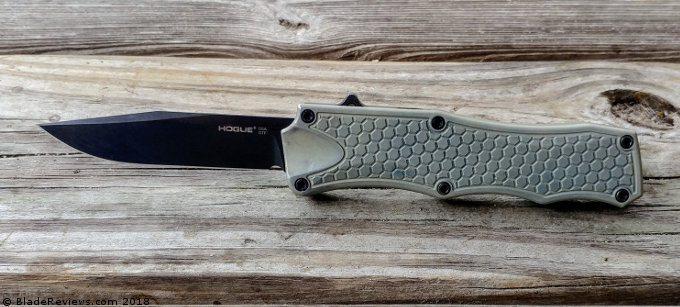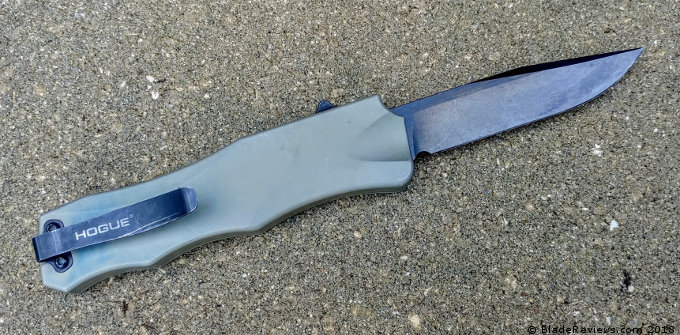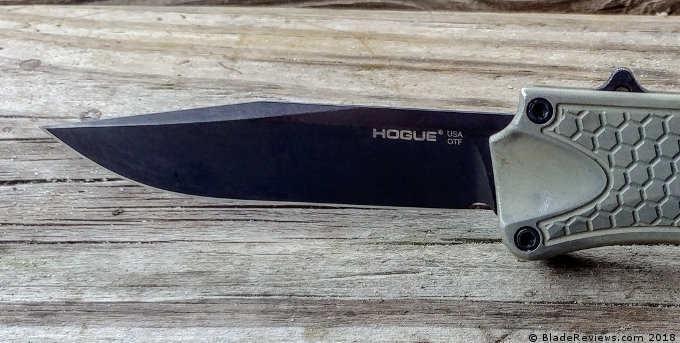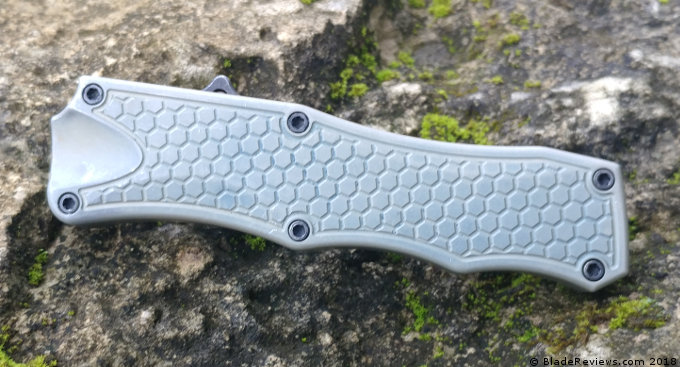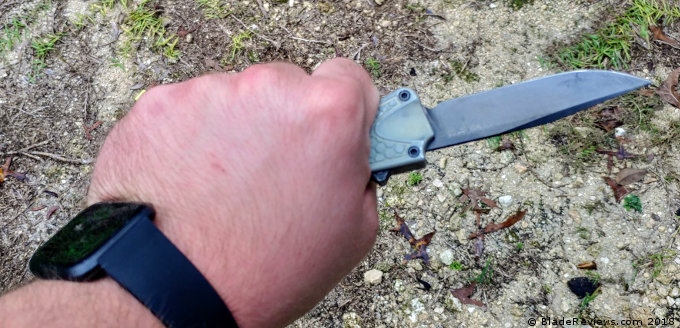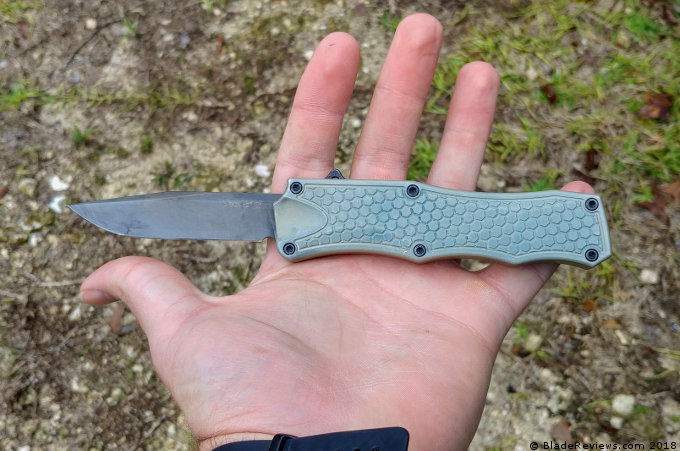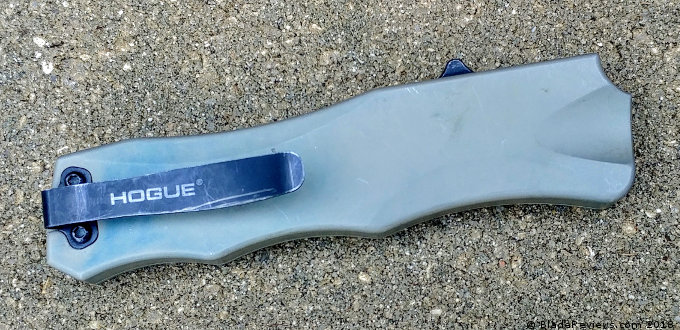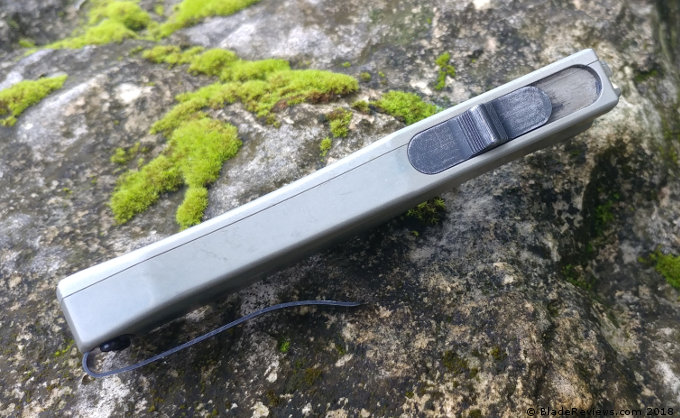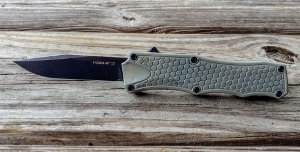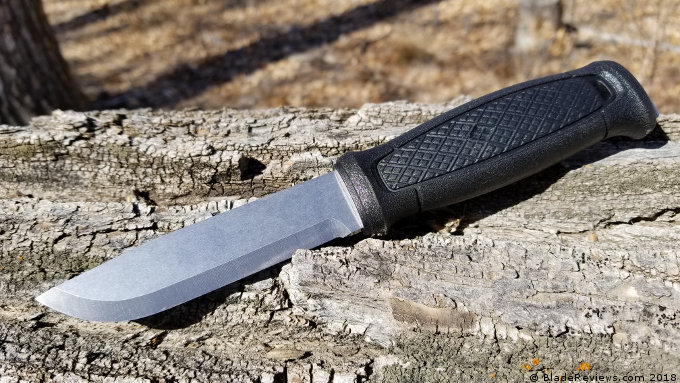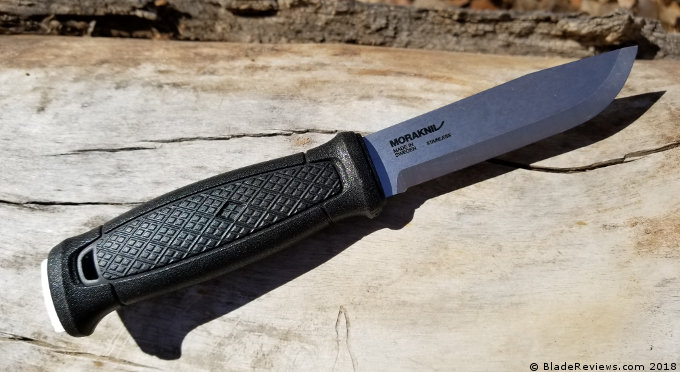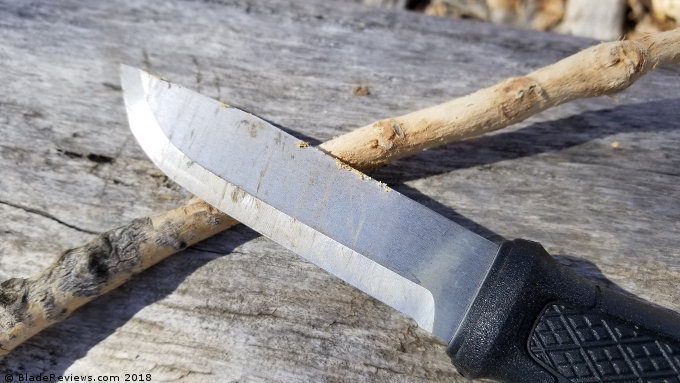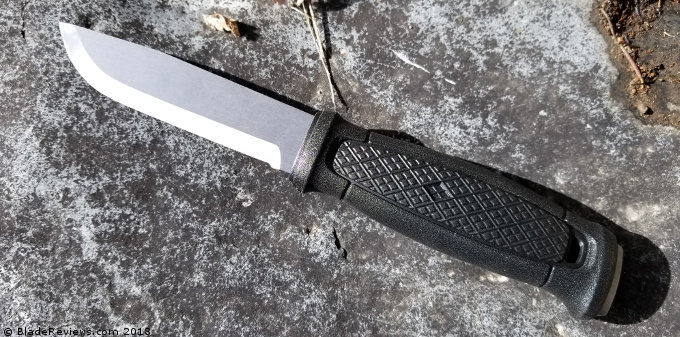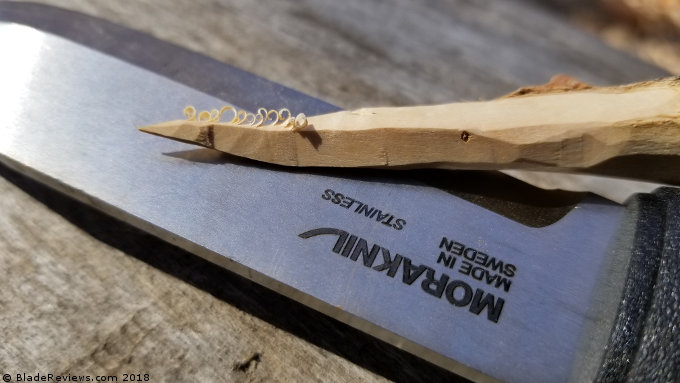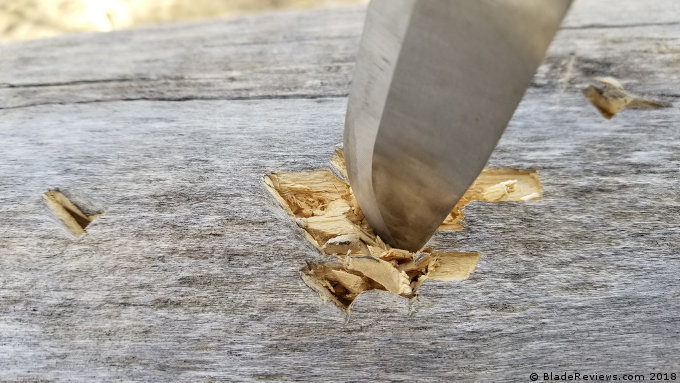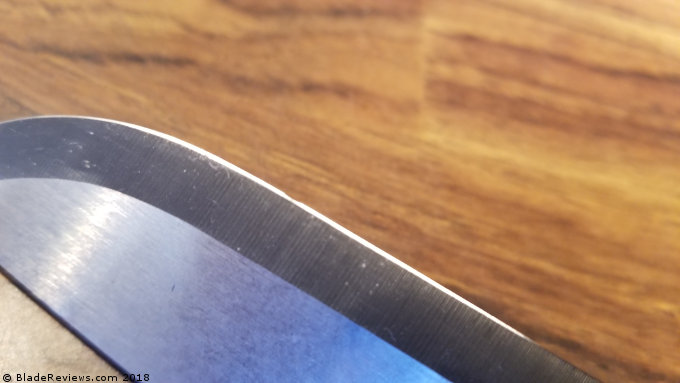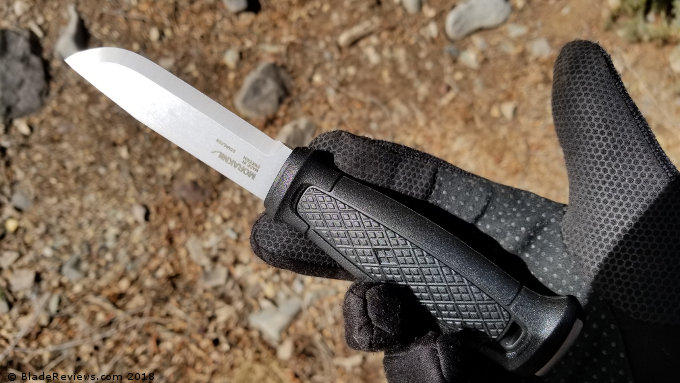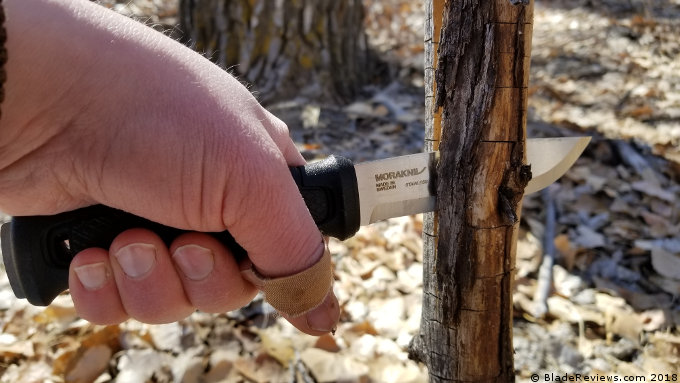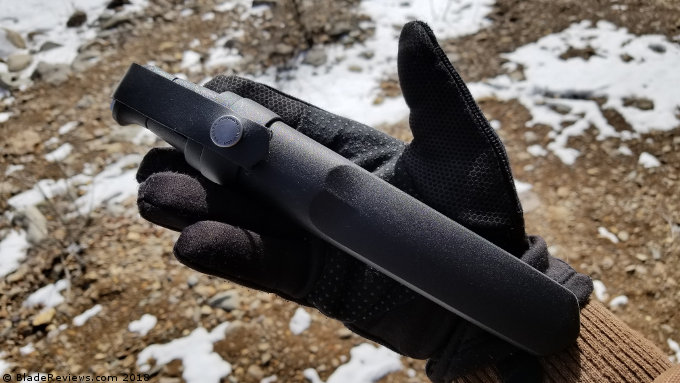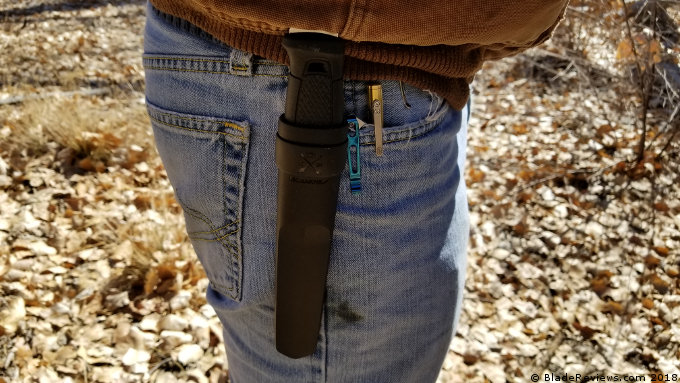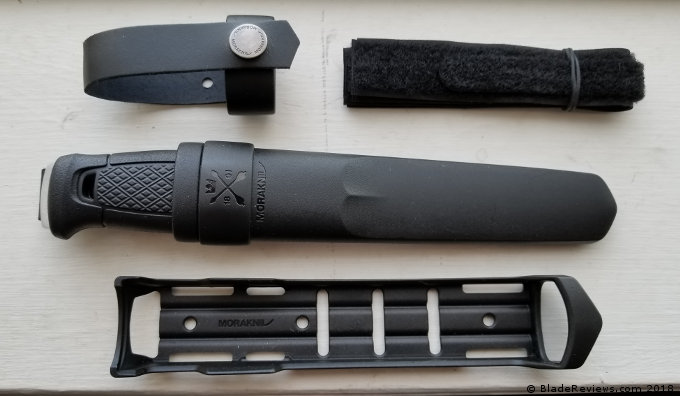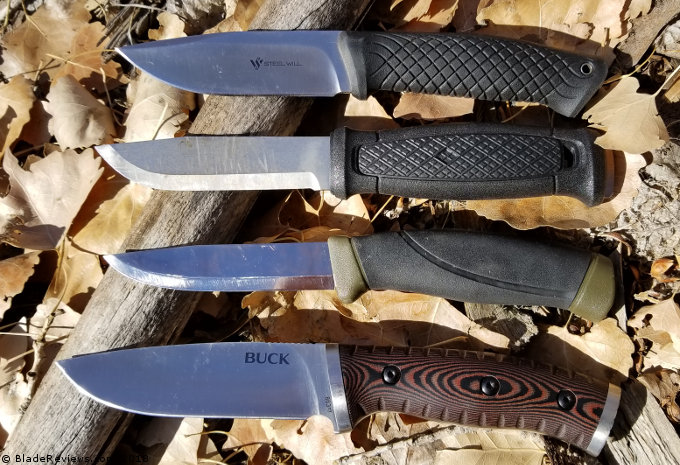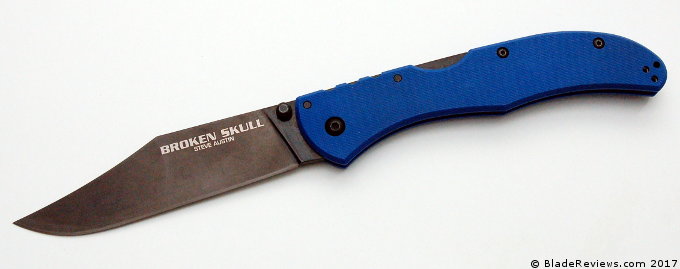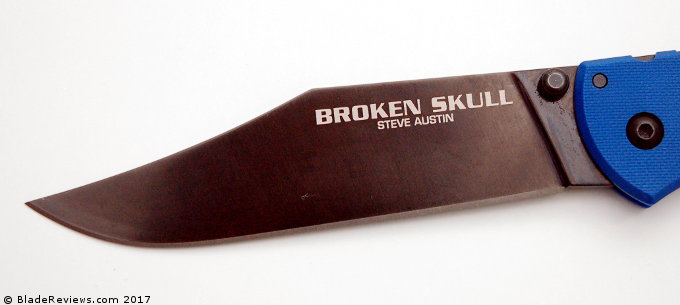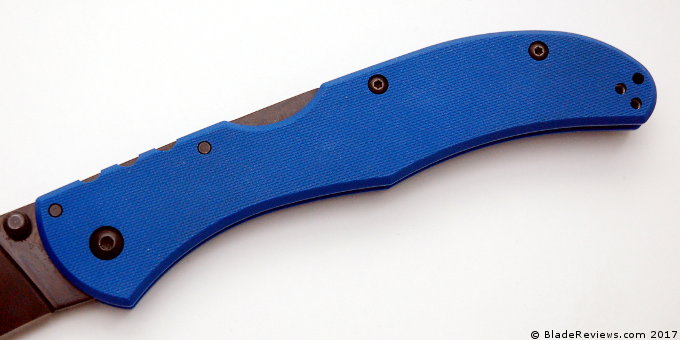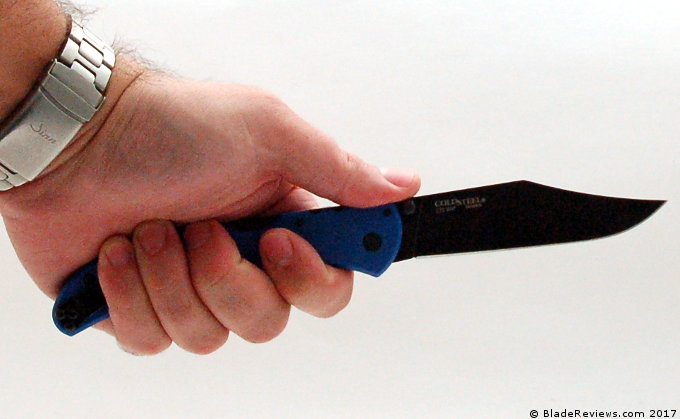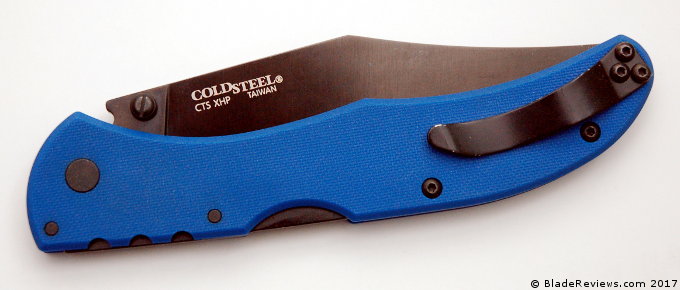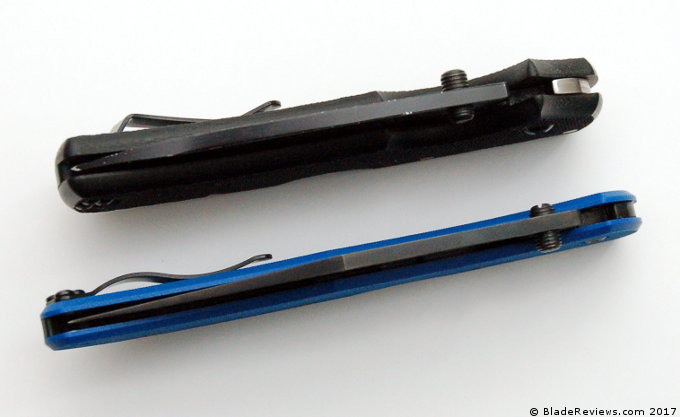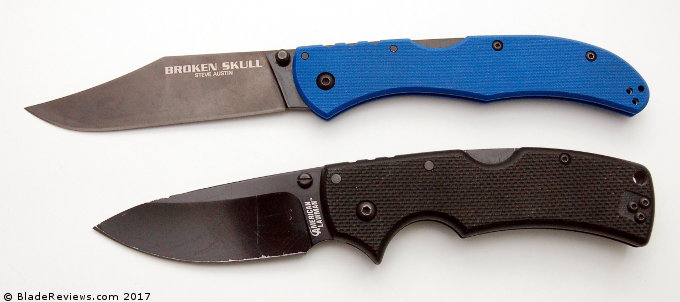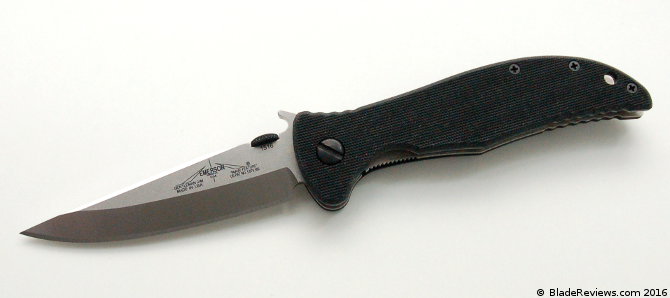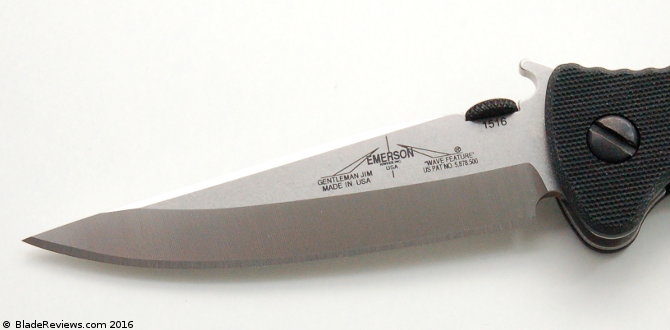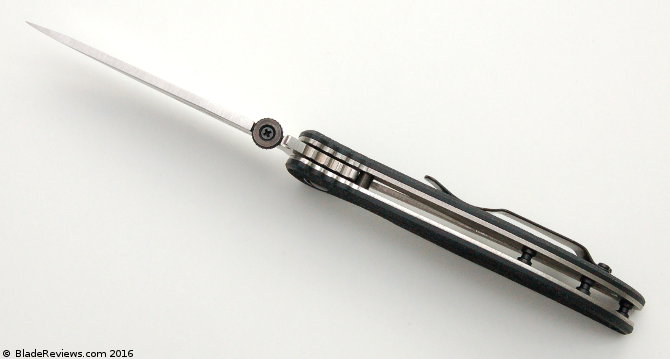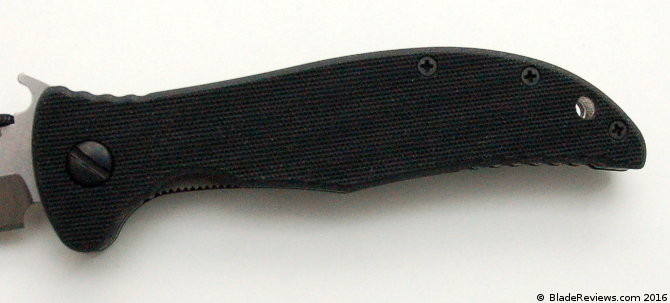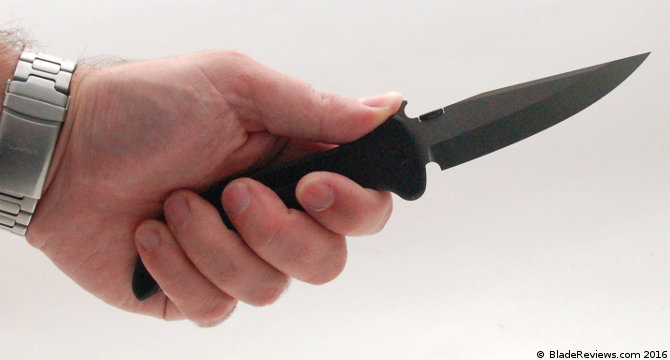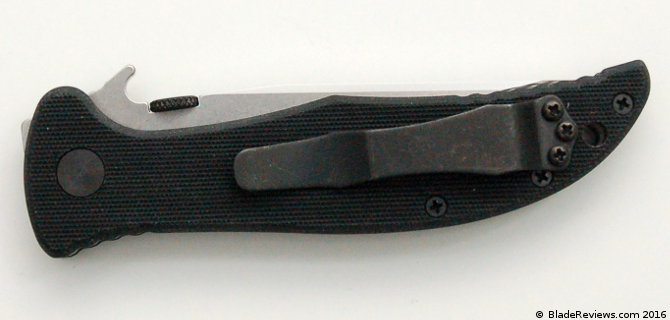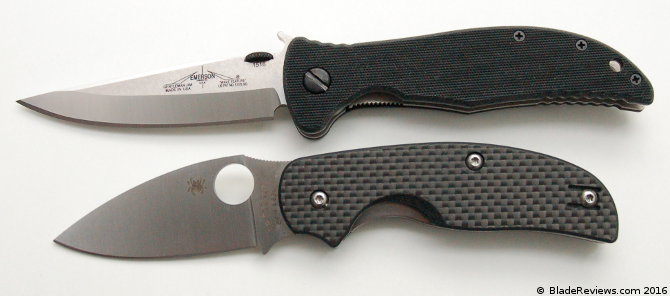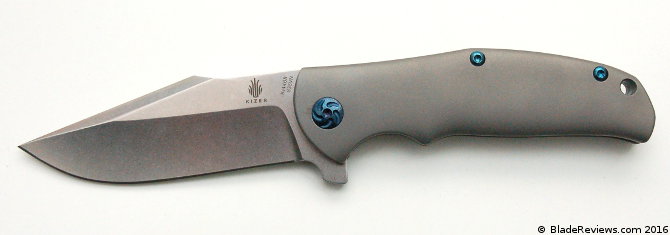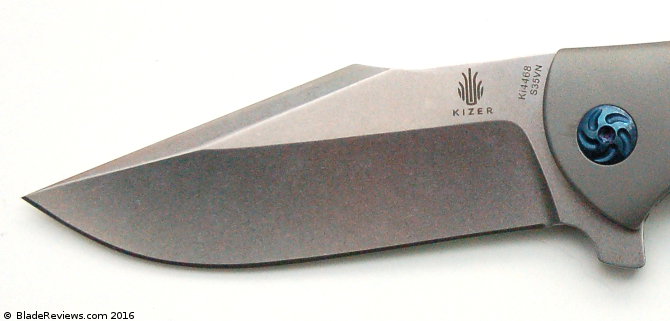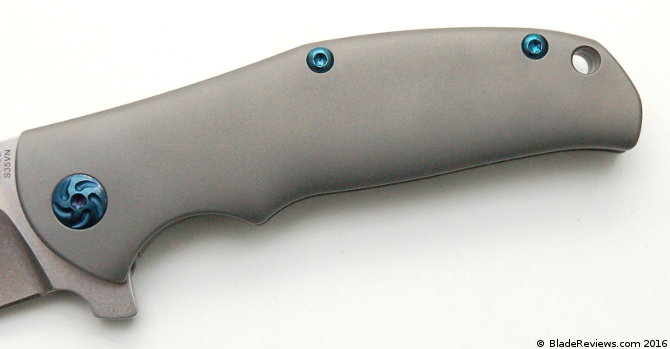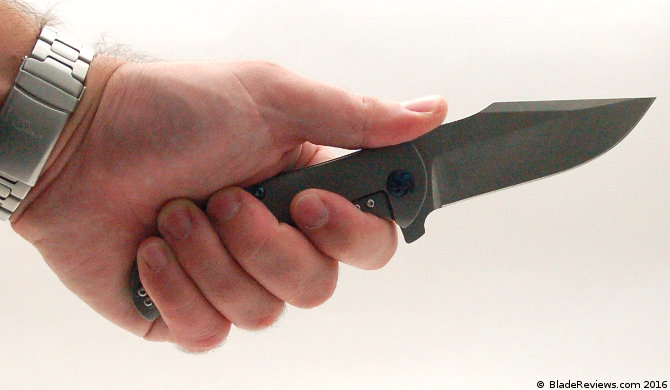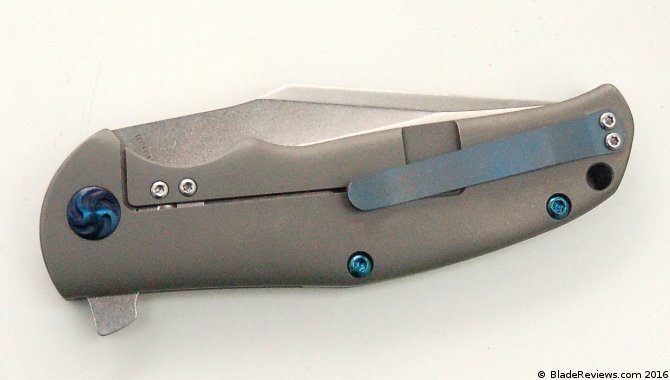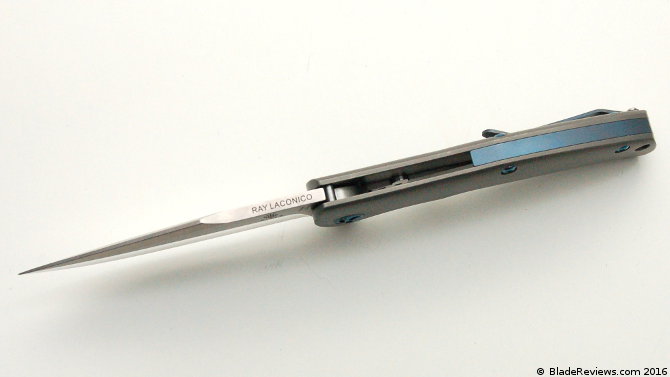After growing up with 80s action movies and 60s and 70s westerns I thought boot knives would be more of a thing. However, it seems like boots knives aren’t as big of a category as my 12 year old mind imagined. The SOG Instinct Mini is the first ever I’ve seen that advertises boot carrying potential. The SOG Instinct Mini also advertises the ability to carry on your belt, around your neck, or really anywhere else you want to.
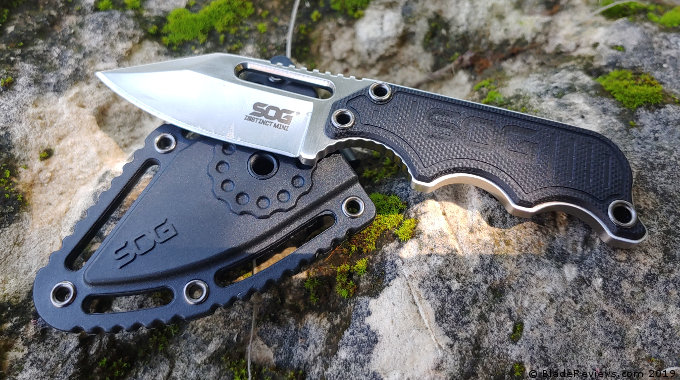
Buy the SOG Instinct Mini at BladeHQ
The SOG Instinct is a superbly small fixed blade knife that comes with a modular sheath system for easy and convenient carry. As a company SOG needs no introduction. They make any and every knife you can think of. They even provide a knife the Navy for SEALs canidates going through BUD/S. I was actually given the SOG Instinct Mini as a door prize at a SHOT event and only recently have I gotten around to taking a long look at. To be specific this is the Instinct Mini G10, which comes with G10 grips.
General Dimensions and Blade Details
The Instinct Mini sports a teeny-tiny 1.9 inch blade with an overall length of merely 4.8 inches. This is a fixed blade knife that weighs a mere 1.6 ounces and is made in China. This is a full tang fixed blade made from 5Cr15MoV steel. This is a stainless steel known for being an affordable blade steel. This makes sense because the Instinct Mini is an affordable knife.
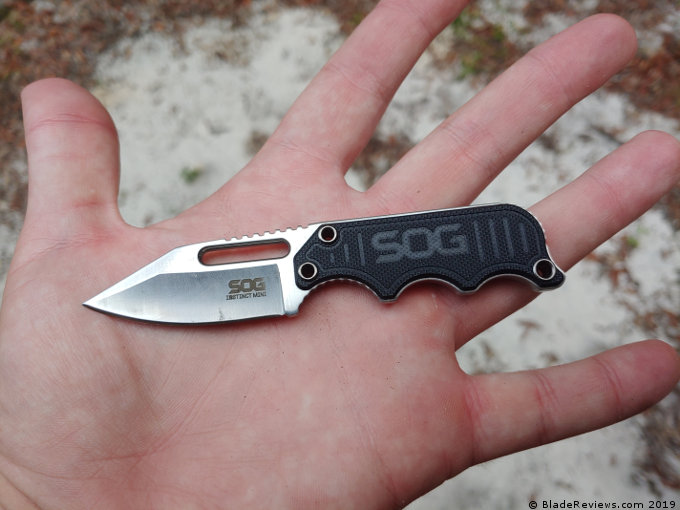
The steel is rather soft and will dull quickly, add on the fact that this is a small blade and you’ll find yourself sharpening it often. The Instinct Mini went dull on me after cutting four chicken breasts into strips. Admittedly this isn’t a kitchen knife, but if I can make both dinner and test a knife at the same time I’ll take that opportunity. After chicken breast number 3 the knife was starting to bulldoze a bit, but I pulled it through.
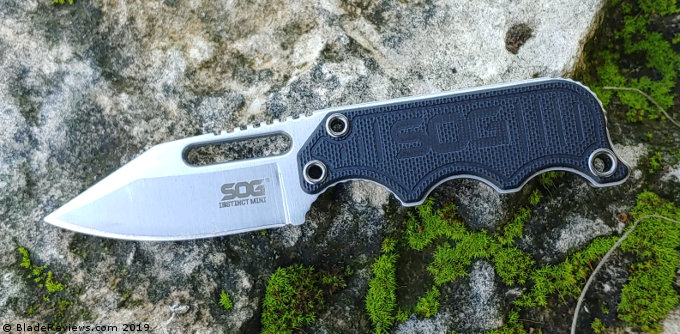
The good news is, it’s easy to sharpen. I used a Smith’s pocket sharpener and spoofed it right up. The Instinct Mini has a clip point which is also a handy and versatile point type. Perfect for a variety of different tasks. The clip point gives you a good belly that allows for quick and deep cuts, and this proved perfect for cutting those chicken breasts. It digs in and glides through. The point is quite pointy and gives you a nice stabbing implement.
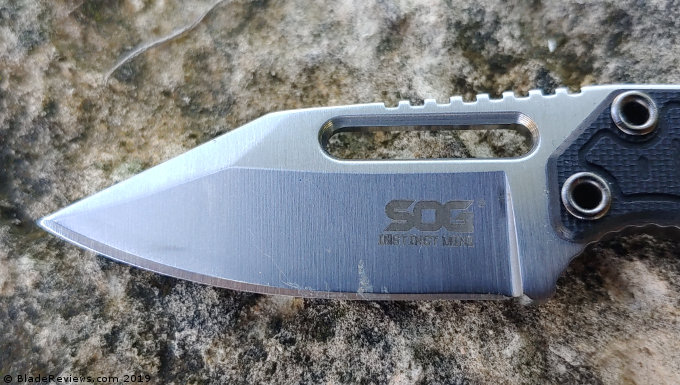
The steel is also very corrosion resistant and that’s something to appreciate if you carry the nice as a necklace or close to the body it will likely be exposed to sweat eventually. Outside of that this makes it a low maintenance knife overall.
Overall the blade design is very simple, and that makes it easy to maintain. The downside is I’m not sure what the knife is designed for? It’s not necessarily a purpose built weapon, and the small blade and small overall design makes it limited in how handy it is.
Handle and Ergonomics
As you’d imagine this is a full tang knife with G10 grips bolted to it. These G10 grip panels are not removable. The grip itself is very small and also deeply scalloped for a three finger grip. The grip is just large enough to accomodate my own three fingers and nothing more. These deep scallops are comfortable and do allow the knife to sit in your hand comfortably. The G10 grips are textured to provide a better grip and to keep your hands from sliding while they are working.
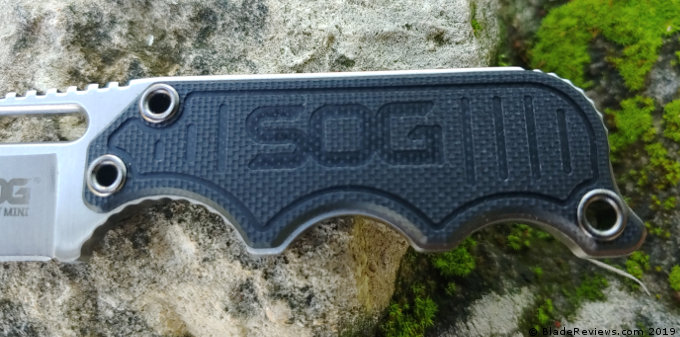
The Instinct Mini fits comfortably in the hand, but during the time I was cutting that chicken up my hand got tired and pained. No hotspots, but it takes a lot of effort for such a little knife to do big knife work. The jimping on the back of the blade is nicely textured and well suited for a little thumb leverage.
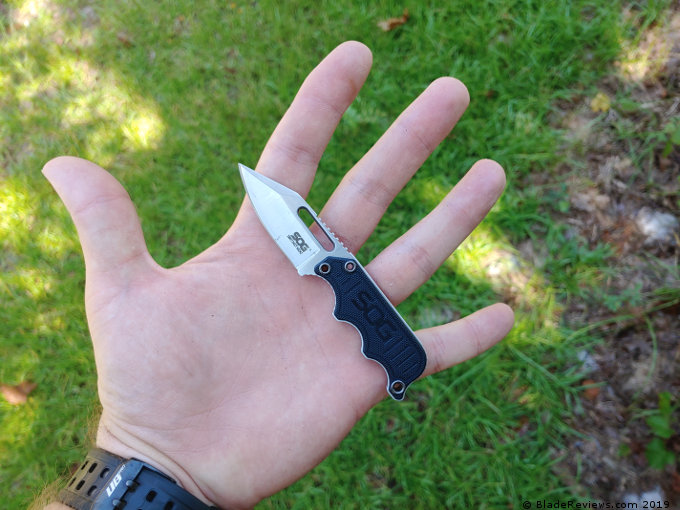
The pinky in particular cramps a bit as it rubs on what appears to be a lanyard eyelet while you cut. Additionally you have to hold the knife very tight because the grip is very small and the knife can easily get away from you. The thin handle presses into your fingers a bit and it becomes uncomfortable. It’s a knife that’s better suited for small, everyday tasks.
Sheath
The Instinct Mini sheath is absolutely fantastic. It’s a molded kydex sheath that features four slots around the outside of the sheath to allow you to use a chain for carrying it, or you could lash it to another piece of gear if you choose. On the sheath is a clip, very similar to the pocket clip you’d see on a folding knife.
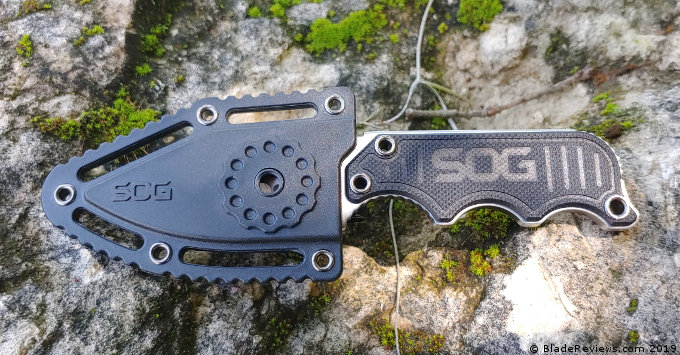
This clip is held in with a single Allen key screw and this screw can be loosened and the pocket clip can be rotated 360 degrees around a textured sprocket. You can carry the knife in almost any angle you want. There is a sprocket present on both sides and you can swap the clip to either side.
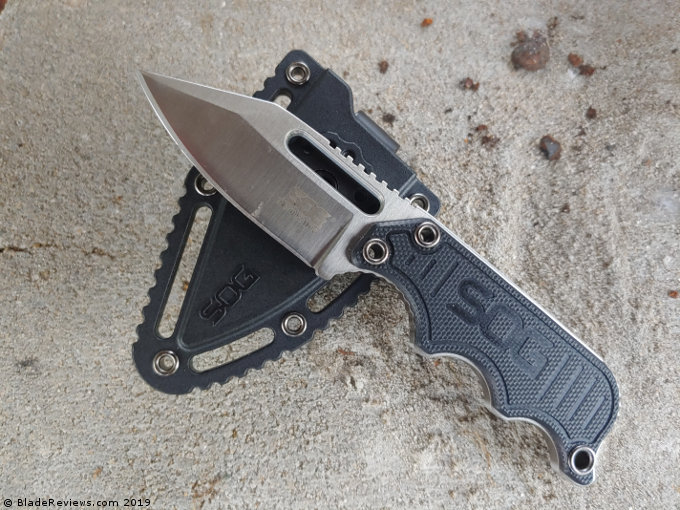
The clip is like a standard clip, but much bigger and wider. The clip allows for it to clip over a belt, or inside the waistband. This allows you to carry it discreetly, which can be invaluable in a setting where discretion is wise.
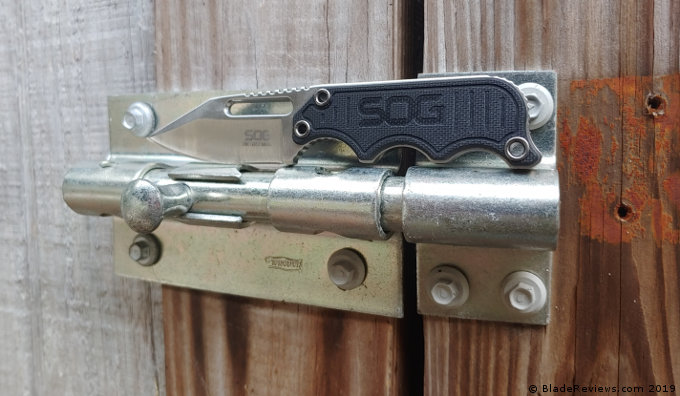
The knife also locks into the sheath and stays there. It takes a bit of force to get it out, but it still draws smoothly.
SOG Instinct Mini Review – Final Thoughts
The Instinct Mini is an “OK” knife that doesn’t seem to have a solid purpose or to fulfill a niche. It’s not designed to be a weapon like many other ultra small knives, or at least not a good one. The best purpose I could see is for a compact EDC fixed blade knife. It’s small size, and lightweight design makes it comfortable to carry if you want a very small and lightweight fixed blade. It could serve as a backup knife for duty use, or an affordable neck knife for easy daily carry.
It’s not a bad knife. It’s very easy to sharpen and maintain. The blade design allows for some excellent cuts for such a small knife, and I did carve up that chicken with an excellent degree of precision. It’s just not a great knife, but it’s affordable and that’s always a plus.
- 1.9 INCH SMALL TACTICAL KNIFE WITH SHEATH: The SOG Instinct Mini is a small fixed blade knife for your EDC gear and protection knife kit; tactical knife measures 4.8 inches in total length
- EDC NECK KNIFE: 1.4 oz. lightweight knife is a great everyday carry; use this full tang knife as a belt knife or boot knife with swivel sheath clip, or as a neck knife with the included neck chain
- SATIN 5CR15MOV STAINLESS STEEL: Straight-edge clip point with durable steel construction can handle hard use as a back-up hunting knife or military knife; full tang blade makes the knife more solid
- TEXTURED G10 HANDLE: G10 handle with finger grooves and jimping enhances the ergonomics, grip, and blade control of this compact tac knife; get maximum control from the Instinct Mini
- SOG CARE: SOG knives and tools are built to last but may require initial tuning adjustments along with regular cleaning, lubrication and sharpening; we consider all repair and replacement requests
Editor: I recommend purchasing the SOG Instinct Mini at Amazon or BladeHQ. Thanks for checking out the review.

